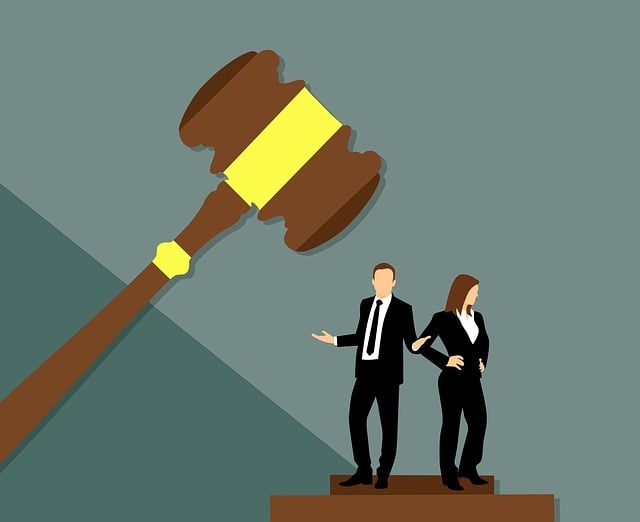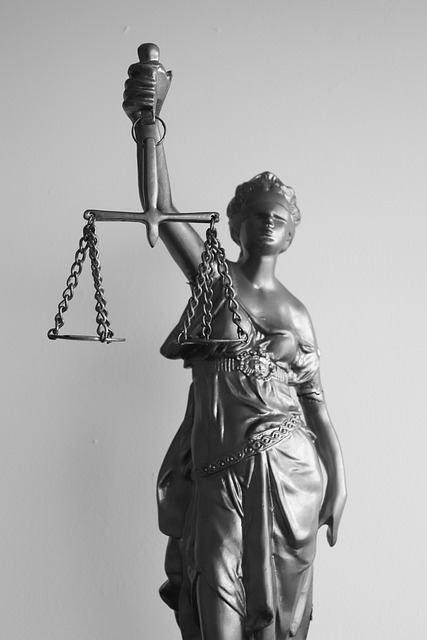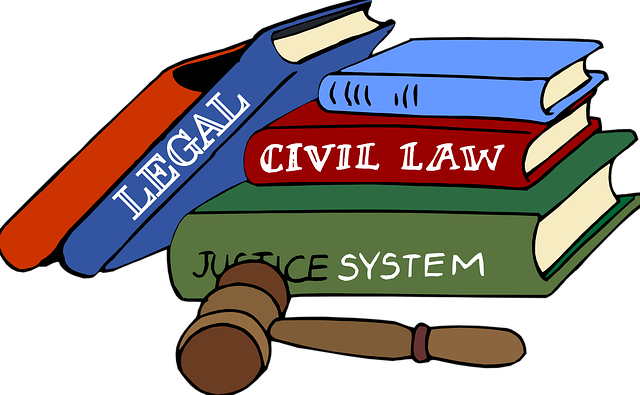Environmental Crime Trials are legal processes that hold entities and individuals accountable for violations causing ecological or public harm. These trials involve complex investigation, evidence collection, and interpretation of environmental damage, with calculating damages as a central component. This process assesses direct and indirect costs, including medical expenses, lost wages, pain and suffering, and environmental remediation, requiring specialized knowledge to accurately determine ecological losses. Environmental crime cases present unique challenges due to the intricate nature of ecological damage, demanding meticulous documentation and navigating regulatory frameworks. Notable victories in these trials against major polluters have resulted in substantial financial payouts and stricter regulations, emphasizing the importance of calculating damages for environmental justice.
“Environmental Crime Trials: Unraveling Legal Complexities and Seeking Justice
This comprehensive guide delves into the world of environmental litigation, focusing on criminal trials and their impact. We explore ‘Understanding Environmental Crime Trials’ from a legal standpoint, highlighting key aspects such as damage calculation in personal injury cases stemming from environmental harm. Furthermore, we analyze ‘Key Challenges’ faced by plaintiffs and the evidence required to win these complex cases. Through compelling ‘Case Studies’, we present success stories, demonstrating the power of justice in addressing environmental crimes.”
- Understanding Environmental Crime Trials: A Legal Perspective
- Calculating Damages in Personal Injury Cases Involving Environmental Harm
- Key Challenges and Evidence Requirements in Environmental Litigation
- Case Studies: Success Stories in Environmental Crime Trials
Understanding Environmental Crime Trials: A Legal Perspective

Environmental Crime Trials represent a critical intersection of environmental law and criminal justice. These trials involve the prosecution of entities or individuals who have violated environmental regulations, leading to significant ecological damage or public harm. From a legal perspective, understanding these trials necessitates appreciating the complex interplay between regulatory agencies, prosecutors, and defendants. The process involves meticulous investigation, evidence collection, and interpretation of laws and policies related to pollution, habitat destruction, and other forms of environmental degradation.
Calculating damages in personal injury cases stemming from environmental crimes is a significant aspect of these trials. Assessments consider not just the immediate physical harm but also long-term impacts on public health and ecosystems. This comprehensive approach ensures that justice is served for both individual victims and the respective business, philanthropic, and political communities affected by these illicit activities. Corporate and individual clients alike face scrutiny under these trials, underscoring the importance of environmental stewardship across all sectors.
Calculating Damages in Personal Injury Cases Involving Environmental Harm

When assessing damages in personal injury cases stemming from environmental harm, legal professionals must consider both direct and indirect costs. This includes medical expenses, lost wages, pain and suffering, as well as environmental remediation costs. Each component requires meticulous calculation to ensure a comprehensive and fair compensation for victims. For instance, medical bills can be easily quantified through records, while pain and suffering demands a nuanced approach, taking into account the severity and duration of the victim’s discomfort.
In these complex cases, an unprecedented track record in white collar defense becomes invaluable. Lawyers specializing in environmental law must possess a deep understanding of ecological systems and economic principles to accurately determine the extent of environmental damages. This knowledge, coupled with their expertise in advocating for both corporate and individual clients, enables them to secure substantial settlements or verdicts that reflect the true cost of environmental crimes.
Key Challenges and Evidence Requirements in Environmental Litigation

Environmental crime trials pose unique challenges due to the complex nature of environmental damage. Unlike traditional personal injury cases focusing on calculating damages, these trials demand a deep understanding of ecological systems and their delicate balance. Measuring harm to ecosystems, water bodies, and habitats requires specialized knowledge and often involves long-term data analysis. The challenge lies in translating this scientific evidence into quantifiable losses that can be presented in court.
The process demands meticulous documentation and collection of evidence, from pollution levels to habitat destruction. Lawyers must navigate regulatory frameworks and scientific literature to build a compelling case. Moreover, environmental litigation often involves corporate and individual clients, necessitating strategies that balance accountability with the unprecedented track record of successful prosecutions. Achieving complete dismissal of all charges is rare, yet it highlights the ongoing efforts to ensure environmental justice.
Case Studies: Success Stories in Environmental Crime Trials

Environmental crime trials have seen several notable success stories that highlight the importance of holding perpetrators accountable. One prominent case involves a major oil company accused of deliberate environmental pollution, leading to extensive damage to local ecosystems and communities’ health. Through meticulous investigation and strong legal arguments, the plaintiffs calculated damages in personal injury cases that resulted in a significant financial payout and far-reaching environmental remediation efforts. This victory sent a powerful message, demonstrating that businesses responsible for white collar and economic crimes cannot escape justice.
Another successful trial focused on a chemical manufacturing company that concealed the harmful effects of its products, leading to long-term health issues for nearby residents. The prosecution utilized all stages of the investigative and enforcement process, gathering evidence from experts, former employees, and affected individuals. The case resulted in substantial compensation for victims and stricter regulations for the respective business, ensuring better transparency and accountability in future operations.
Environmental crime trials play a pivotal role in holding perpetrators accountable for ecological atrocities. By understanding the legal framework, calculating damages in personal injury cases involving environmental harm, and overcoming unique evidence challenges, these proceedings can lead to significant victories. As illustrated by successful case studies, such trials not only serve justice but also send a powerful message about the protection of our planet. This comprehensive exploration highlights the importance of continued legal innovation and public awareness in the fight against environmental degradation.






